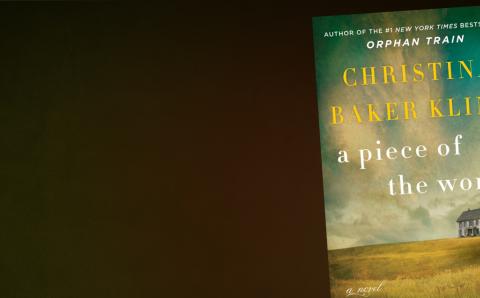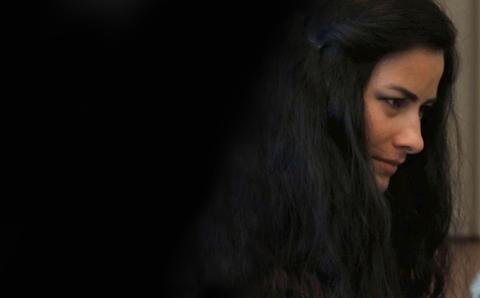When Christian Reformed Church chaplains gathered for their annual conference, they celebrated their 75th anniversary by honoring 12 “pioneers of the past.”
The chaplaincy ministry was officially approved in 1942, but there have been CRC chaplains since World War I.
Chaplains who shared their stories included the following:
Jim Kok, an ordained minister and chaplain for more than 50 years, was the first Clinical Pastoral Education (CPE) supervisor in the CRC. He served for 15 years as supervisor and chaplain at Pine Rest Christian Hospital and for 29 years at California’s Crystal Cathedral.
Dirk Evans was the first CPE supervisor in a secular hospital. Chaplains who were present, both on the panel and in the audience, acknowledged Evans as formative in their clinical training.
John Lamsma was a chaplain with the Federal Bureau of Prisons (BOP) for 25 years until he faced mandatory retirement. In the late 1980s, the BOP expanded rapidly and Lamsma opened chaplaincy departments at several new institutions. The ministry also became more complex with rising numbers of inmates from as many as 19 different faith groups at one point.
John DeVries was the first Canadian chaplain. He began as a Protestant Corrections Chaplain in Montreal. In 2008, he was hired by the CRC Office of Social Justice to work with John Lamsma for the Congregational Restorative Justice Project.
In 1984, Sini den Otter became the first female CRC chaplain at a time when women could not be ordained. Although there were many roadblocks, “I went forth in faith, and God brought people onto my path—both men and women—to help.”
InSoon Hoagland was the first CRC ordained female chaplain, the first minority chaplain, the first female CRC military chaplain, and the first female Korean CRC ordained pastor. She had always wanted to be a missionary and realized that the U.S. Army is a great mission field.
In 1959, John Hoogland intended to go into the U.S. Army for two years but ended up staying for 30 years and rising to the rank of colonel. A significant four-year assignment brought him to the Pentagon as director of personnel.
Ray Swieringa enlisted in the Navy as a chaplain immediately after seminary and served for 22 years on ships and shore stations, both with Navy and Marine units, including a year with the Marines in combat in Danang, Vietnam. He then spent the following 26 years as a prison chaplain.
Siebert Van Houten was the first Canadian Director of Chaplaincy. He worked closely with U.S. chaplaincy director Jake Heerema until Van Houten’s position was eliminated because of denominational financial constraints.
Nell De Boer, the second female chaplain in the CRC, served for many years as chaplain for the Toronto Hospital Ministry of the CRC.
Eric Evenhuis, who spent most of his career as a chaplain in psychiatric hospitals and private practice and attained CPE acting supervisor status, shared the story of God’s grace, particularly in his personal life.
After serving as pastor for several Christian Reformed congregations, Jack Vander Laan became the first industrial chaplain in the CRC. Along the way, he has worked for four Fortune 500 companies and three professional sports teams.
These pioneers were thanked for making a path for those who came after and for their inspiration. Most did not intentionally set out to be chaplains but followed where the Spirit led. In the words of Van Houten, “Being a pioneer is really about following God where we believe he calls us to go. In that sense we are all pioneers as we go out of our comfort zone to discover the grace and presence of God.”
About the Author
A former nurse and chaplain, Janet Greidanus is a freelance news correspondent and long-time writer of the In Memoriam column for The Banner.









